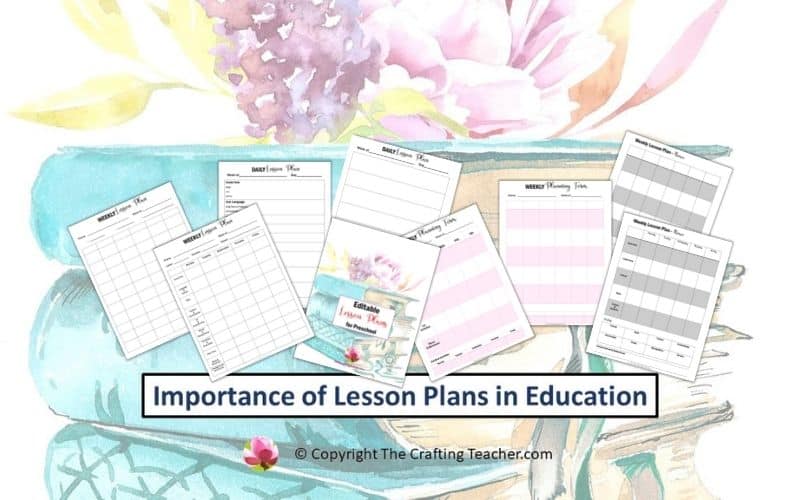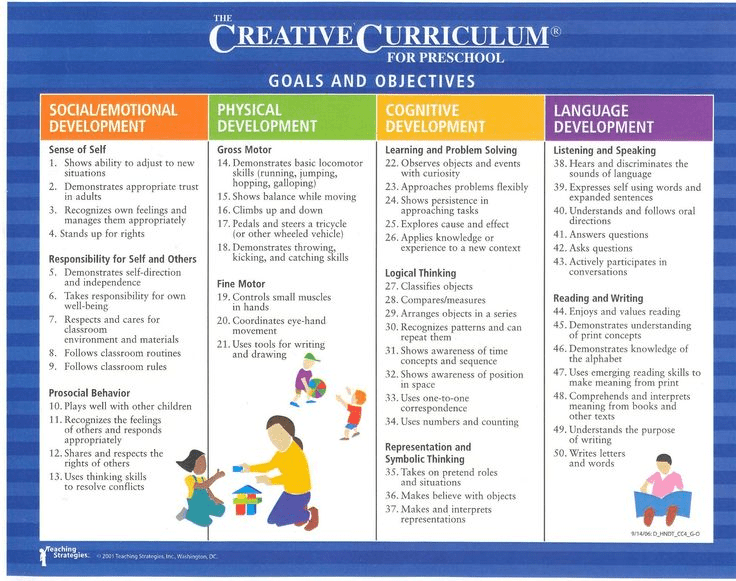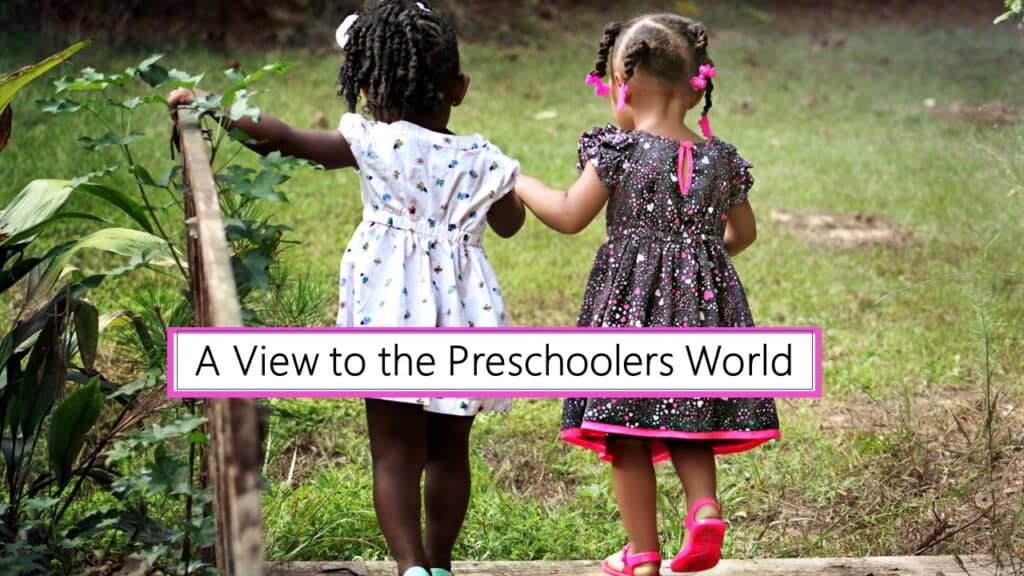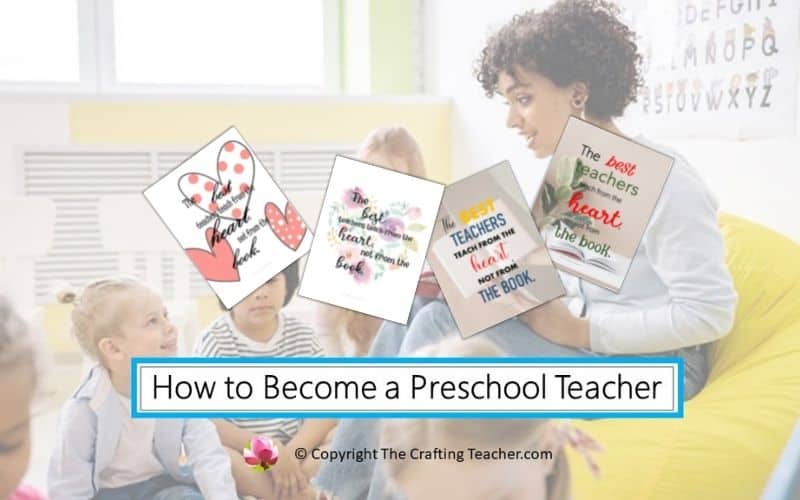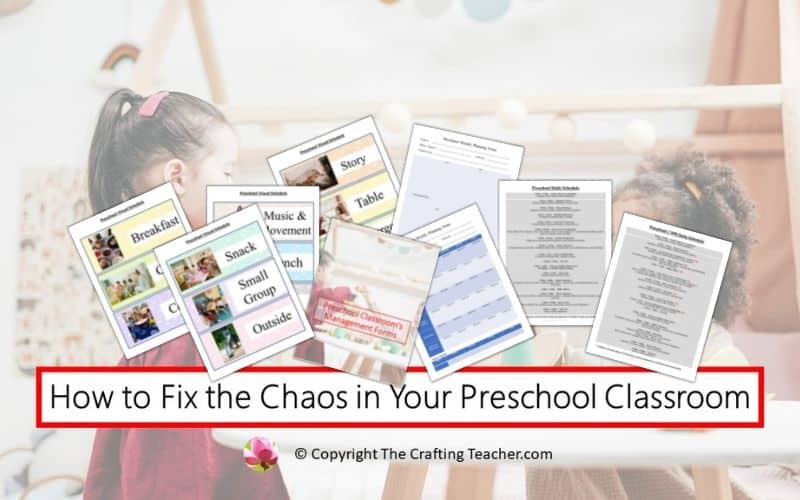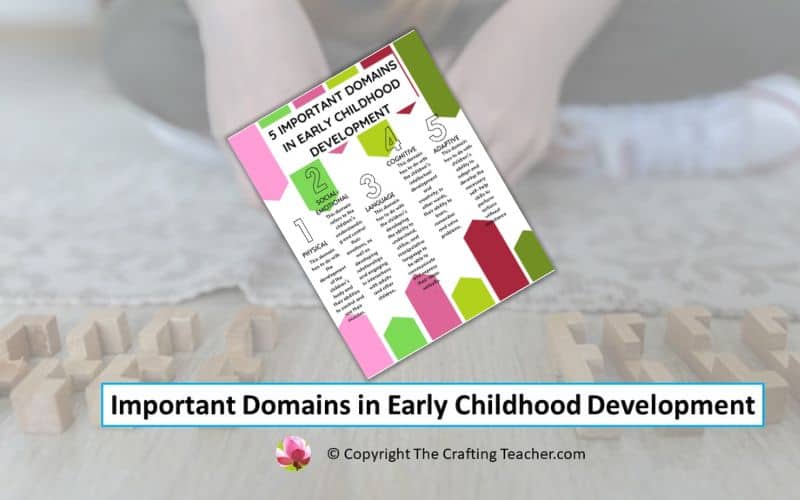Importance of Lesson Plans in Education
Affiliate Disclosure: “This post contains affiliate links, which means I receive a small commission, at no extra cost to you, if you make a purchase using those links.”
Using a lesson plan is the vital importance in any classroom because it serves as a daily guide to know exactly what your students will learn, how those lessons are going to be implemented, and how their learning will be evaluated, regardless of your children’s age. This means that a lesson plan should be created and implemented from infants, all the way to post-graduate students.
This post contains a FREE set of editable lesson plans, which can be found at the end.
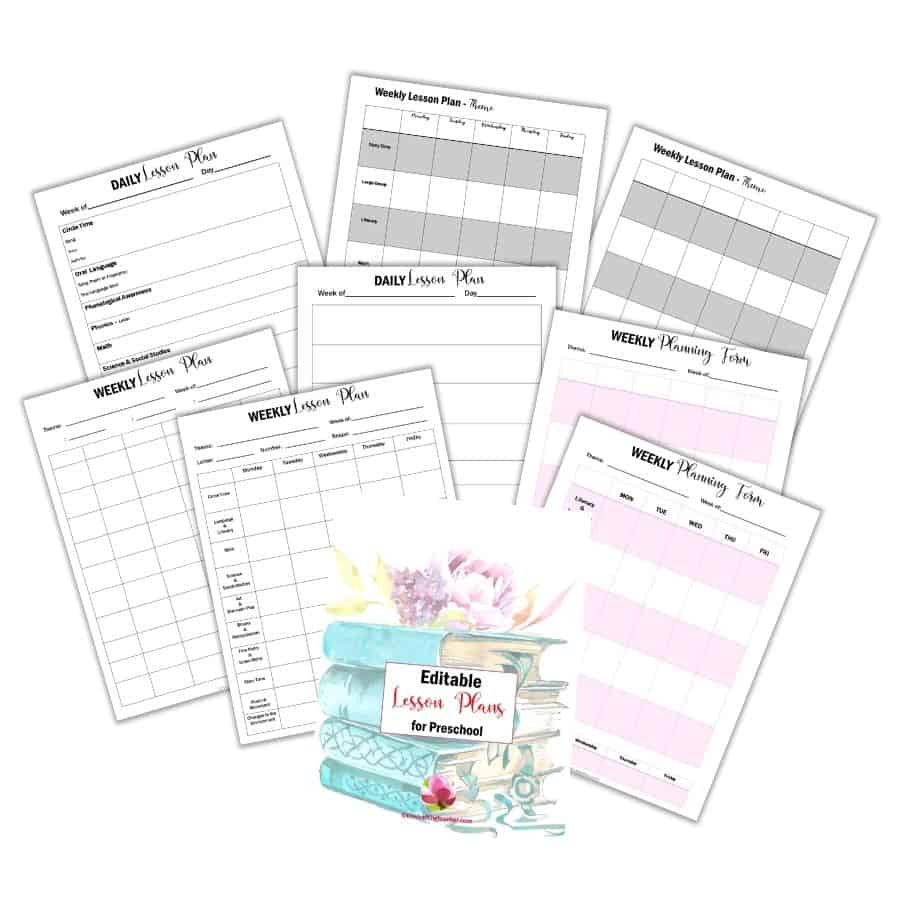
Importance of Lesson Planning
Lesson plans allow teachers to work effectively by giving them a detailed framework of what they are going to be doing in their classrooms at all times, what meaningful activities they are going to be addressing, and overall, coming to their classroom fully prepared instead of wondering what to do next.
This means that the importance of doing lesson plans is to create a well-organized guideline to follow a curriculum effectively, facilitating a learning environment where children will have the opportunity to learn, as well as making the teacher’s job easier.
Components of a Lesson Plan
For a lesson plan to be effective, they have to be properly planned, prepared, and executed to ensure that the desired learning goals are going to be reached. To do that, certain components have to be addressed when preparing lesson plans. These components are:
1. Objectives
This component focuses on the most essential learning needs of the children. They should be SMART, meaning they’re specific, measurable, attainable, relevant, and time-based.
- Specific, naming the skill or subject area that is being addressed, and the targeted result.
- Measurable, in order for the teacher to be able to record her student’s progress and make sure that children learned the new concepts before teaching something else.
- Attainable, making sure that the desired goal is able to be reached by the children.
- Results-oriented, making clear what the children will do to reach the established goal.
- Time-based, making clear what is the time frame the children will need to achieve the established goals, and how often their progress will be measured.
The objectives should also be aligned with the state or school standards that indicate what students need to learn in each grade level and subject. When a teacher takes into consideration those standards, they ensure that her children will reach the expected milestones. Below are a sample of the Creative Curriculum’s goals and objectives.
2. Activities
This is the second most important component. A teacher needs to plan what activities she’s going to offer her students, because they provide a teacher the vehicle to deliver her lessons, describing what will happen in the classroom during each of them. These activities should align with the objectives and standards children need to meet. They have to be meaningful and engaging, and able to be delivered in the time frame assigned to it.
It is important to add a variety of activities to each lesson plan. These will allow for addressing the needs of all the children while giving them plenty of valuable experiences, and ways to explore and use their knowledge, to ensure they have a complete and effective learning process, allowing them to achieve the goals marked by the objectives.
I will also recommend planning additional activities, to have the flexibility to change what is being planned in case a teacher noticed that the lesson she planned is not effective. This means that a teacher should be prepared in case the class doesn’t care for what she’s trying to teach, she has some children that have difficulty performing the required task, or some students finished early and need to be engaged to avoid conflicts or distractions.
Examples:
- Read “Who’s the Beast?”. Review parts of the books. Talk about what animals appear in the story.
- Discuss what is a jungle, and what kind of animals live in the jungle.
- Sound out the letter Jj, and words that start with the same sound.
- Crafts: making jungle mask.
- Use blocks and plastic jungle animals to create animal habitats.
- Dance to the music as your favorite jungle animal.
- Play jungle animal freeze tag.
3. Materials
A teacher needs to know in advance what resources she’s going to need to deliver her lesson. If a teacher doesn’t have these materials handy, she won’t be able to teach effectively.
Examples:
- Story books.
- Paper and tempera paint.
- Plastic jungle animals and blocks.
4. Required Time
It is important to consider the time a teacher has available to develop each activity, especially in preschool, where the attention span of her children is so short. Otherwise, the children will get bored, and the activities will not reach the desired goals. However, it is a good practice to add a couple of extra minutes to this estimate, in case students have questions or need additional help.
Examples:
- Learning activity #1 – 10 minutes.
- Learning activity #2 – 15 minutes.
- Learning activity #3 – 5 minutes.
5. Assessments
Lesson plans are not supposed to be “written in stone”. Teachers need to know if the objectives were reached making the activities effective and if the children learned what they were supposed to. To accomplish this, teachers need to put in place some type of assessment. Since in preschool, you don’t use quizzes, group presentations, or essays, the assessments are based on observations and anecdotal notes to record important information.
Examples:
- Children are able to build a dam using blocks, or not.
- These children are using the new vocabulary, these ones are not.
- Children are asking questions about the new theme, but these others are not interested.
With this information, teachers can go back to their “drawing board” and be able to identify what needs to be taken out, change, or added, to improve their lesson plans in the future.
Conclusion
All teachers need to use good written lesson plans to enhance how they teach their little learners and ensure that their lessons meet the requirements of the children’s needs and the program.
Building lesson plans ahead of time means that teachers start the day prepared to deliver their lessons, instead of figuring things out as they go. Without lesson plans as an effective guideline, the children will lose focus fast and the learning process will not be achieved. That also gives them room to get in trouble and the teacher will end up “pulling her hair” trying to figure out what to do next.
I won’t lie and say that creating daily lesson plans is easy. It’s not. It’s very demanding and requires hard work, time, and effort. However, once a teacher creates a good lesson plan, her job is going to be much easy because she will have a solid foundation to guide her future lesson planning, where only small adjustments will be necessary for her future classes.
Good luck to you, and don’t forget to download your FREE editable lesson plans set to thank you for visiting my post. You just have to click on the bottom below and type your information, for an immediate download.
Be happy, safe, and creative. I wish you well.
Love,

P.S. Your feedback is really important to me because my goal is to always create things that you will find useful. Please let me know if you like the information, or if you think I have to change something.

